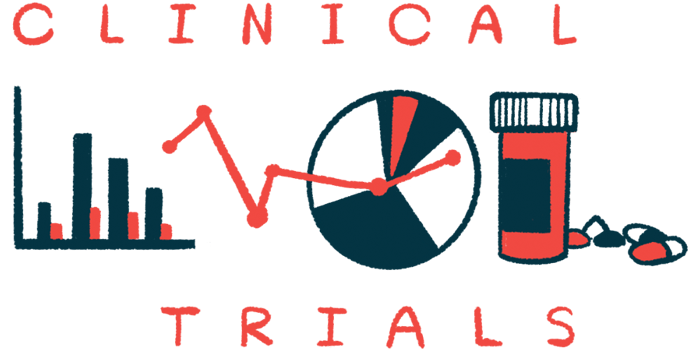Omeros launches PNH trials of experimental therapy OMS906
Studies will assess patients with poor response to Ultomiris or no prior treatment

Omeros has launched two Phase 1b clinical trials to test its experimental therapy OMS906 in people with paroxysmal nocturnal hemoglobinuria (PNH).
The first trial, which began recruiting late last year, is testing the therapy in people who haven’t been on prior treatment. It has already begun dosing participants.
The second study is testing it in those who’ve had an inadequate response to Ultomiris (ravulizumab), an approved PNH treatment marketed by AstraZeneca.
In this study, OMS906 will be given in addition to Ulomiris for 24 weeks (about half a year). Participants who have a good response to the combination therapy, as measured by their hemoglobin levels, will be treated with OMS906 alone. Hemoglobin is the protein in red blood cells responsible for oxygen transport.
It’s scheduled to begin dosing patients with OMS906 later this month, according to a press release from Omeros.
In PNH, blood cells lack certain surface proteins. As a result, they’re mistaken for infectious intruders by the immune system and a group of immune proteins called the complement system are abnormally activated and dispatched to destroy them.
There are currently three approved treatments for PNH: Ulromiris, Soliris (eculizumab), and Empaveli (pegcetacoplan). All work by blocking the complement system’s activation.
OMS906 is also designed to prevent abnormal complement activity. However, it doesn’t block the entire complement system. Instead, it targets a protein called MASP-3, which plays a key role in activating part of the complement system, called the alternative complement pathway.
According to Omeros, targeting MASP-3 can block the activation of the part of the complement system that drives diseases like PNH, but doesn’t affect the classical complement pathway, which is important for fighting off infections.
Omeros has already completed a first-in-human Phase 1 study that enrolled 72 healthy volunteers who were given OMS906 or a placebo either by into-the-vein (intravenous) or under-the-skin (subcutaneous) infusion.
The results, presented at a conference last year, showed the therapy was generally well tolerated. There were no serious side effects nor discontinuations due to side effects. The most common side effects were mild injection site reactions, more commonly with the subcutaneous administration.
OMS906 was granted orphan drug status last year by the U.S. Food and Drug Administration. This is given to therapies with the potential to improve care for rare diseases. With it, Omeros gets certain incentives, including a guarantee of seven years of market exclusivity should OMS906 be approved.
Omeros also plans in the coming months to launch another Phase 1b clinical trial to test OMS906 in patients with complement 3 glomerulopathy (C3G), another disease mediated by the overactivity of the complement system.
“OMS906, targeting the key activator of the alternative pathway MASP-3, we expect can also be dosed once quarterly and, given its significant biological advantages over potential competitors, pending efficacy data in PNH followed by C3G will go a long way in answering whether MASP-3 and OMS906 are the premier alternative-pathway target and therapeutic,” said Gregory Demopulos, MD, chairman and CEO of Omeros.








